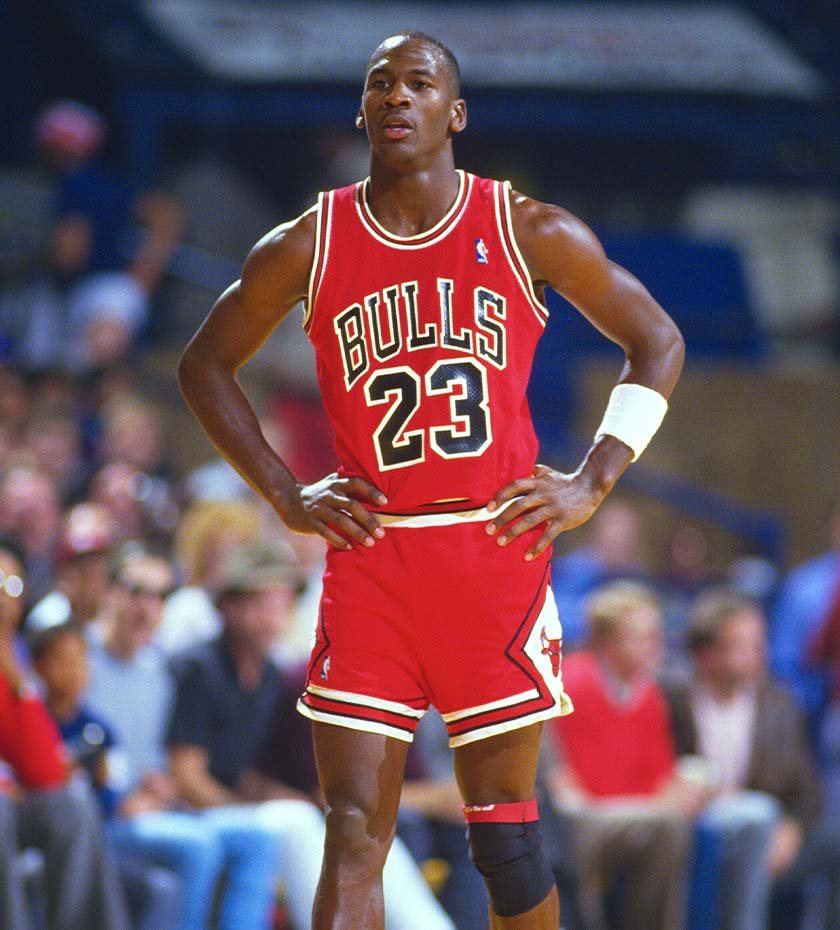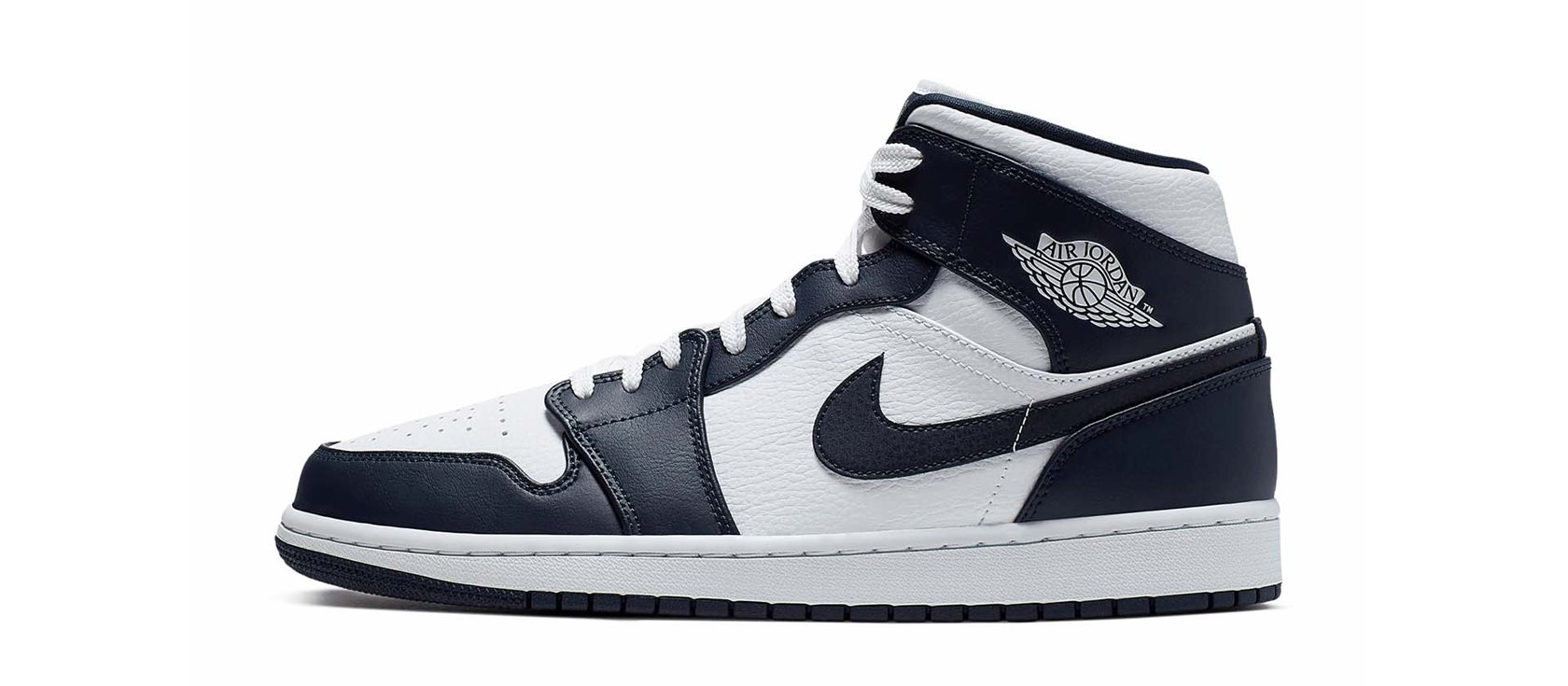Spotlight on: Sneakers

The first pair of training shoes introduced in the late 1800s were so simple that they didn't have a left or right foot. Seen in this light, today's sneakers are incredibly complex. The leading brands use state-of-the-art technologies such as Nike's adaptive self-lacing system or Adidas' Boost soles, which consist of hundreds of spongy TPU modules for unparalleled shock resistance.
But back then, sneakers were monolithic - so to speak, carved out of a single block. The first mass-produced "sneakers" were introduced by the American brand Keds in 1916, although the term should be used loosely. Far from what we associate with the style today, the Champions, as they were known, resembled more of a pair of Oxford boots. They were an eight-eyelet design complete with "speed hooks," as we know them from a pair of old ski boots. They even had proper heels, as you would expect to find on a pair of Goodyear-welted leather shoes. However, they were made of canvas and contained the crucial key ingredient: rubber soles.
It wasn't until Converse Rubber Shoe Company entered the scene that the modern sneaker was born. Converse All Star was introduced all the way back in 1917 and quickly became the most popular casual shoe on the planet.

Although they were incredibly simple - it was actually just two pieces of cotton canvas melted together on a rubber sole - the All Star was designed with a purpose, and that's what made it attractive. It was the "All-American Basketball Shoe," worn by winners on the court and loved by those outside of it. For decades after its premiere, top NBA players would only play in their All Stars. Players like Bill Russell remained loyal to their All Star shoes, and Wilt "The Stilt" Chamberlain scored a league-record 100 points in his.
The All Star was a simple shoe at a good price, but for the wider public, it provided hope: wear them and become a better athlete. It was the precursor to the sneaker-obsessed generations we saw decades later, who would buy the latest pair of Air Jordans, wear them on the court, and emulate Michael Jordan in every movement, believing that their new sneakers made them run longer, dribble faster, or jump higher.
"Luxury sneakers" are a relatively new concept. They are almost an oxymoron or a self-contradictory statement. They are miles away from the humble roots of sneakers, but it's something that has made it possible for many new brands to emerge in the market. David Morris, Buying Director at Mr Porter, says, "As the menswear market has grown over the past decade, luxury brands have expanded into categories that have never before been considered 'traditional.' Micro-businesses are emerging that are working on developing new footwear categories such as more luxurious sneakers. Fifteen years ago, Common Projects Achilles sneakers proved that there was a market for an understated luxury brand, and that customers were willing to pay the price. Today, it accounts for an ever-growing proportion of our sales."